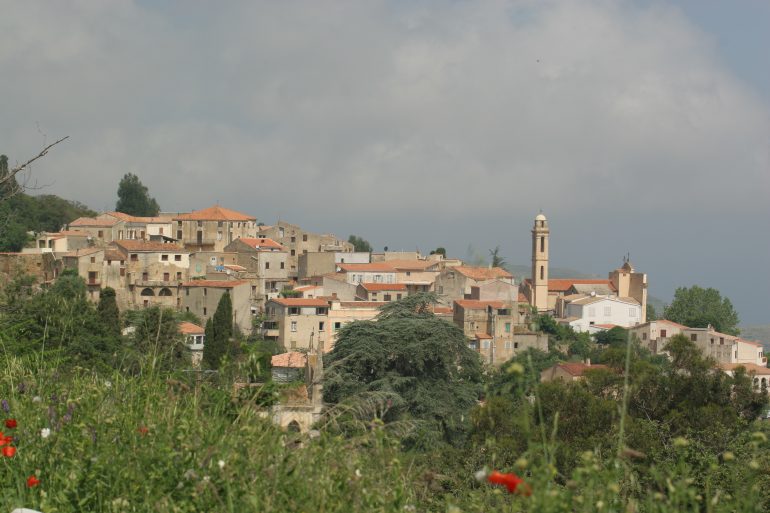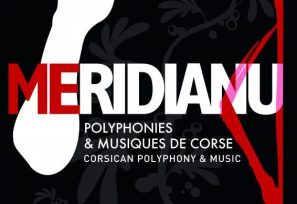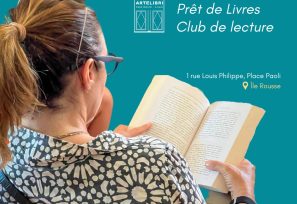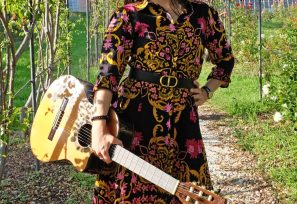Land of generous crops and fertile flavours... The "belvedere village" was once renowned for the abundance and quality of its springs. It owes its name to the fact that it was built around a wash house which can still be seen today.
Shortly after the year 1000 and following a quarrel with his older brother Pinasco, Malafede Savelli takes his independence to declare himself Lord of Bracaghju, a stronghold of 7 km² with its castle, of which there remains, unfortunately, little trace. Only the bases of the castle, perched at an altitude of 556 meters, are still visible. The keep, protected by an enclosure and round turrets, will encourage the formation of small hamlets like Bracaghju or Castiglioni from the 11th century. The hamlet of Mutali which is also called "the village of the Moor" has a chapel dedicated to Saint-Salvatore. In the middle of the 19th century, the town, populated by 400 inhabitants, lived mainly on livestock; his herd numbered more than 700 heads, including 475 sheep. Agriculture was also important there with more than 5 km of cereals, 14 ha of vines, 59 ha of planted olive trees, 3 ha of chestnut trees, 3 ha of mulberry trees, some citrus fruits and gardens ... Lavatoggio and its hamlet of Croce are today resolutely turned towards the plain of Aregno, which they dominate, whereas originally, the first constructions were developed on Mount Bracaghju, monitoring the plain of Figarella and overlooking the fertile plateau of Stella. Sights... The wash house: located below the church, this small granite structure with a roof of flagstone shingles was added to the list of historical monuments in 1987. It dates from the Second French Empire. San Cervone chapel: added to the historical monuments list in 1987, this Romanesque building in the cemetery originally stood in a medieval village which has since disappeared. It was dedicated to Cervonius, a bishop from Populonia in Tuscany, whose statue is carried in procession during annual celebrations on 10 October. Chapel of Notre Dame de la Stella: located at the foot of Mont Bracaghju where the paths to Occi, Lumiu and Lavatoghju meet.
Features
-
Equipments
- Car park
- Parking nearby
- Restaurant
- Sustainable development (Waste management)
-
Visit
-
Individual visit :
-
Group visit :
-
Individual visit :
-
Spoken languages
- French
To know
-
Animals welcome
Pets not accepted










